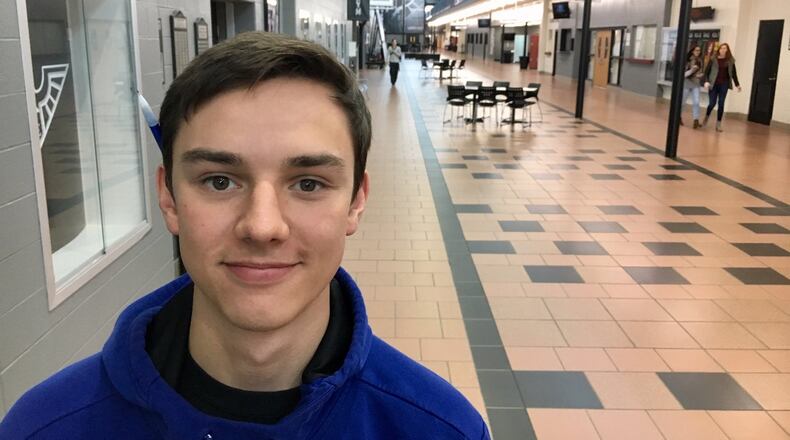The program, which currently enlists about 120 volunteer students, is also being tried at the freshman schools that feed into both high schools.
Stats that show the program’s effectiveness will start to come in later as referrals of depressed and troubled students to various local counseling and medical services begin to be recorded, they said.
In schools across the nation where Hope Squads have already been formed, recent data analysis show that over 25 percent of all referrals to counselors have been from Hope Squad members. Of those referrals, 14 percent have been hospitalized for successful treatment.
But those actively in the program said anecdotally, they can see the difference the teams of student members in the Hope Squads are making in the two Butler County schools.
“We were the first ones to sign on (to form Hope Squads) in Ohio,” said Erin Schneider, Lakota East English teacher and lead advisor for the school’s 40-member Hope Squad.
“We are doing really well. We have kids (squad members) who really care,” said Schneider.
“They (students) are not counselors, they are gatekeepers. We train them (students) so they can put themselves in a position where they can make a referral (to an adult school staffer)” for students seeking help, said Schneider.
“They are trained in QPR, which stands for question, persuade and refer,” she said of the student members. “They develop a relationship with a person while looking for warning signs of depression.”
At some point, if a troubled student shows depression and possible suicidal tendencies, the student volunteer will steer the student in need to an adult in the school who can help, including referring to the appropriate counseling or medical resources.
“Because we’re new, we’re also still dealing with the idea that it’s okay to talk about mental health. As much as we have progressed, there is still a cultural stigma attached,” she said.
Schneider estimates from her research into teen suicide prevention programs that it may take up to three years before the impact of Hope Squads can be adequately measured on a school’s student population.
The future for the program may include access to a full-time therapist at Lakota East, something Lakota West already has in place, said Lakota officials.
But Lakota East junior Nicholas Eddy said he already is noticing a difference.
Eddy was one of the first to volunteer to work on his school’s Hope Squad and he says the new program is an important new tool in fighting both teen suicide and depression.
“I’ve always felt a natural inclination to help people. I really enjoy helping people get out of tough spots,” said Eddy, who added he has been approached by several classmates so far this school year.
“We now have the ability to know where to take the information we get and who to talk to,” he said of the program’s network of assistance resources. “Now with this program I know what to tell my friends to do,” said Eddy.
About the Author
